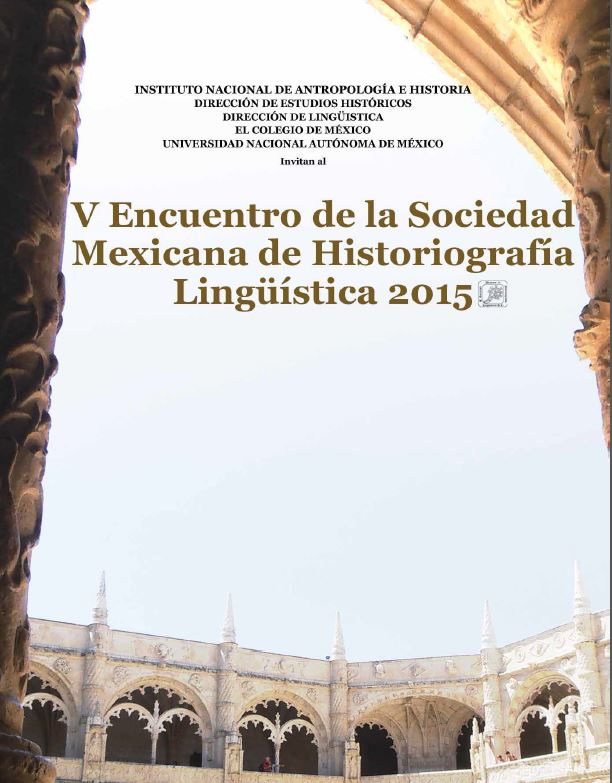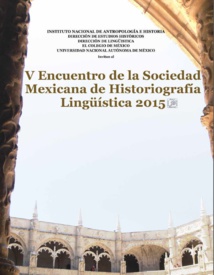More than 20 experts attend the V Meeting of the Mexican Society of Linguistic Historiography from 25 to 29 May. The meeting counted on the participation of Otto Zwartjes, from the University of Amsterdam, who gave a master lecture and a training course about missionary linguistic of Hispanic tradition.
Rodrigo Martínez Baracs, from the National Institute of Anthropology and History (NIAH), said that locating the Mexican linguistic historiography on the global scene was one of the main objectives of the meeting.
“Linguistic Historiography deals with the history of linguistic studies in Mexico, and one of its most important parts is the history of the indigenous languages, which represents one of the most relevant cultural heritage of Mexico”, explained Rodrigo Martínez Baracs.
About this aspect, he emphasised the contribution of missionary historiography: when the friars arrived to Mexico and to the rest of the American continent, they did not decide to teach the Spanish language to the natives to Christianise them, but they first learned their native language.
Some languages are really well examined, like Náhuatl, Mixteco, Zapoteco, Purépecha, Maya and their versions, but others, mainly languages from the north, are disappearing, what is terrible because when a language disappears, wisdom disappears, and a worldview is lost, said INAH Historian.
In this area, he emphasised the work of linguists and epigraphists, such as Erik Velázquez, from the Institute of Philology Researches of the UNAM. Researches have not only studied the codices, but also stelas and ceramic pieces with graphic writings, which constitute a basic source to learn the origin and evolution of languages.
Moreover, the grammar and vocabulary of the friars have provided students with valuable information, therefore, facsimiles have been edited using these materials of the XVI century, such as the Vocabulary in Spanish and Mexican language (1571), of Brother Alonso de Molina, of the Náhuatl language.
Other relevant materials are the documents written by natives during the Colonial War. Erik Velázquez cited as an example the volumes of Carlos Sigüenza and Góngora recently repatriated and known as Chimalpahin Codex, which include the material of Fernando de Alva Ixtlilxóchitl, the great Texcocan mestizo chronicler, and the texts of Chimalpahin, in nahuatl language.



 English
English



